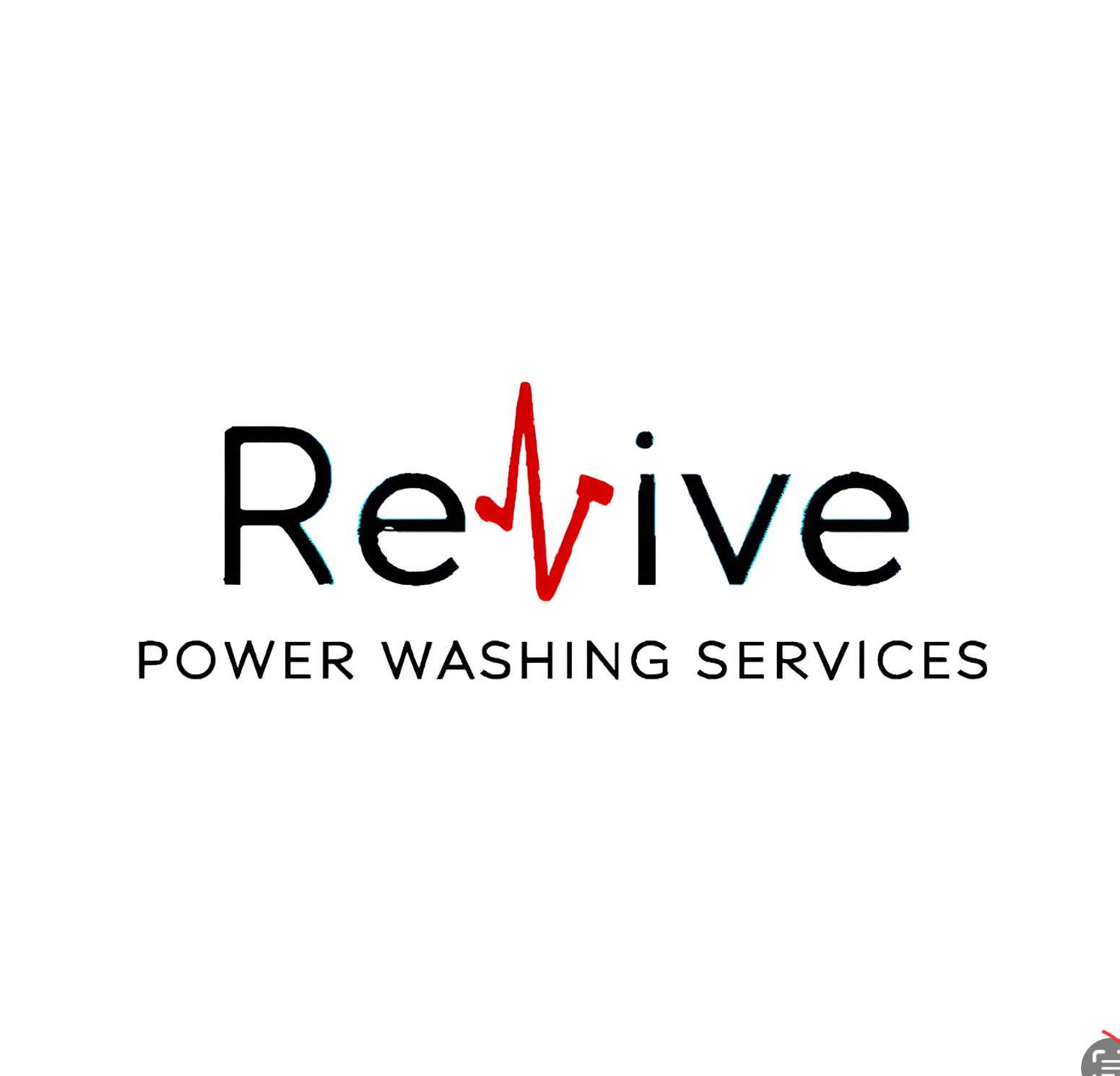The Environmental Impact of Pressure Washing: Myths vs. Facts
Understanding Pressure Washing and Its Environmental Impact
Pressure washing is a popular method for cleaning various surfaces, from driveways to building exteriors. However, there are many misconceptions about its environmental impact. It's crucial to differentiate between myths and facts to make informed decisions.

Myth: Pressure Washing Wastes Water
One of the most common myths is that pressure washing wastes a significant amount of water. In reality, pressure washers are designed to be efficient. A standard garden hose uses around 8 gallons of water per minute, while a pressure washer uses about 2-5 gallons per minute. This efficient use of water makes pressure washing an eco-friendly option for cleaning large surfaces.
Fact: Chemical Runoff Can Be Harmful
While pressure washing itself is water-efficient, the chemicals used can pose environmental risks. Runoff containing harsh chemicals can contaminate soil and waterways. It’s essential to use biodegradable and eco-friendly cleaning solutions to mitigate this impact. Always check the labels and opt for products that are safe for the environment.

Myth: Pressure Washing Damages Surfaces
Another misconception is that pressure washing can damage surfaces. When done correctly, pressure washing is safe and effective. The key is to adjust the pressure settings according to the material being cleaned. For example, lower pressure should be used for delicate surfaces like wood, while higher pressure can be used for concrete and brick.
Fact: Professional Services Are More Environmentally Conscious
Hiring a professional pressure washing service can be more environmentally friendly than DIY methods. Professionals are trained to use the right amount of pressure and eco-friendly products, reducing the risk of environmental damage. They also have the expertise to collect and dispose of wastewater properly, ensuring that harmful chemicals do not enter the ecosystem.

Myth: Pressure Washing Is Only for Aesthetic Purposes
Many people believe that pressure washing is solely for improving the appearance of surfaces. While it does enhance aesthetics, pressure washing also removes harmful substances like mold, mildew, and algae. These substances can cause health issues and damage structures over time, making pressure washing a crucial maintenance task.
Fact: Regular Maintenance Reduces Environmental Impact
Regular pressure washing can actually reduce your overall environmental impact. By maintaining clean surfaces, you prevent the buildup of harmful substances that can require more intensive cleaning methods in the future. This proactive approach minimizes the need for harsh chemicals and excessive water usage down the line.

Myth: All Pressure Washing Equipment Is the Same
Not all pressure washing equipment is created equal. Some machines are designed with eco-friendly features such as water recycling systems and adjustable pressure settings. Investing in high-quality, environmentally-friendly equipment can make a significant difference in reducing your environmental footprint.
Fact: Education and Awareness Are Key
Understanding the environmental impact of pressure washing is crucial for making responsible choices. Educate yourself about the best practices and products available. Awareness and proper technique can go a long way in ensuring that pressure washing remains a sustainable cleaning method.
In conclusion, while there are valid concerns about the environmental impact of pressure washing, many of these are based on myths rather than facts. By using water-efficient equipment, eco-friendly products, and professional services, you can enjoy the benefits of pressure washing without harming the environment.
